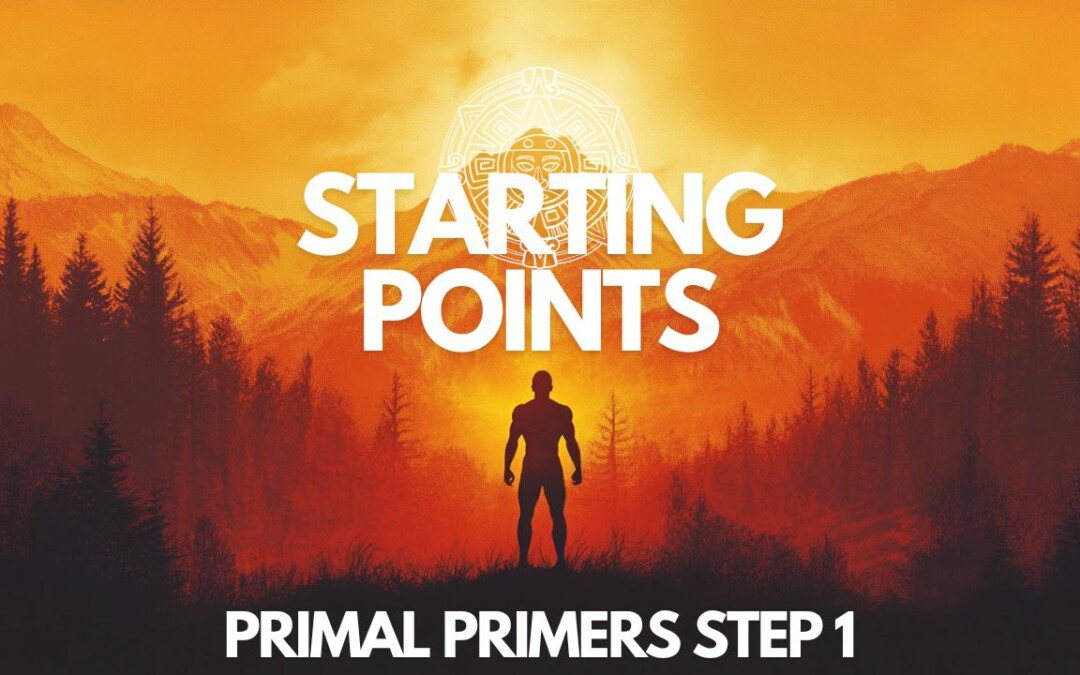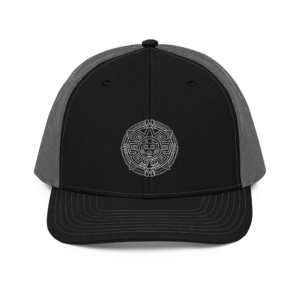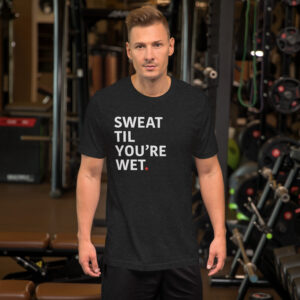Before picking up a weight, loading a rack, or starting a run, there should be a reason driving these calls to fitness action. Purpose + Training = Performance + Results. Keeping the algebra balanced in equation, there is a reciprocal property: the answer adjusts summands as training focus and specificity increases and stimulates adaptation over time. A rudimentary concept operating at the subconscious for the everyday garage athlete, but existent non the less. People lift weights to gain muscle, load a rack to increase 1RM, or logging miles on the running shoes to adjust body fat: there is always a purpose and one should be versed in it. Don’t allow purpose to be amorphous or its subject to the laws of entropy fading into cosmic equilibrium of oblivion.
Increasing the factor of purposeful awareness to the next level, are the sports elite who train to augment performance in specific domains through the actions of cross training; loosely defined as training that is aimed to emulate muscles and movement patterns of sport / target activity . As the level of competition increases so does the need for cross training specificity. Diving into the next level of complexity athletes should begin training at the level of muscle fiber; honing training focus to stimulate max adaptation for sport carryover.
Muscle fibers are broken into 3 different types:
Type 1: Slow Twitch – aerobic and supporting prolonged exercise / endurance sport. Contracts slower, more resistant to fatigue, and recovers quickly.
Type 2A: Fast Twitch – hybrid of type 1 and type 2B (glycolytic). activated aerobic & anaerobic exercise. Contracts moderately and somewhat resistant to fatigue and quicker to recovery
Type 2B: Fast Twitch – (Oxidative) Supporting anaerobic activity with focus on generating power & force. Quick contractions, fast to fatigue, and longest recovery period.
Although science is debatable and evolving, lets set some safe assumptions:
- Muscles contain a mix of fast and slow twitch. This is determined by function of the muscle, genetics, and training focus / adaptations.
- Fast twitch muscle composition generally begins to decline after age 30
- Through periodization and training specificity we can reverse the fast twitch decline, and train through genetic limitations to stimulate increased genesis of fast or slow twitch to align with training and activity goals.
Protocol:
Type 2 Fast Twitch Training (Power – Rate of force production):
Reps: 1-10
Sets: 3-6
Intensity: 30-45% of 1RM (Rep Max) or less than or equal to 10% body weight (my preference)
Tempo: Fast & Explosive
Rest: 3-5 min
Tool: Kettle bell, Med Ball, bands, & body weight
Type 1 Slow Twitch Training (Hypertrophy – Muscular Endurance & Strength Hybrid)
Reps 8-12
Sets: 4
Intensity: 70-75% of 1RM
Tempo: slow – 2 / 0 / 3 (concentric / bottom / eccentric)
Tool: Kettle Bell, Barbell, Dumbell, body weight














